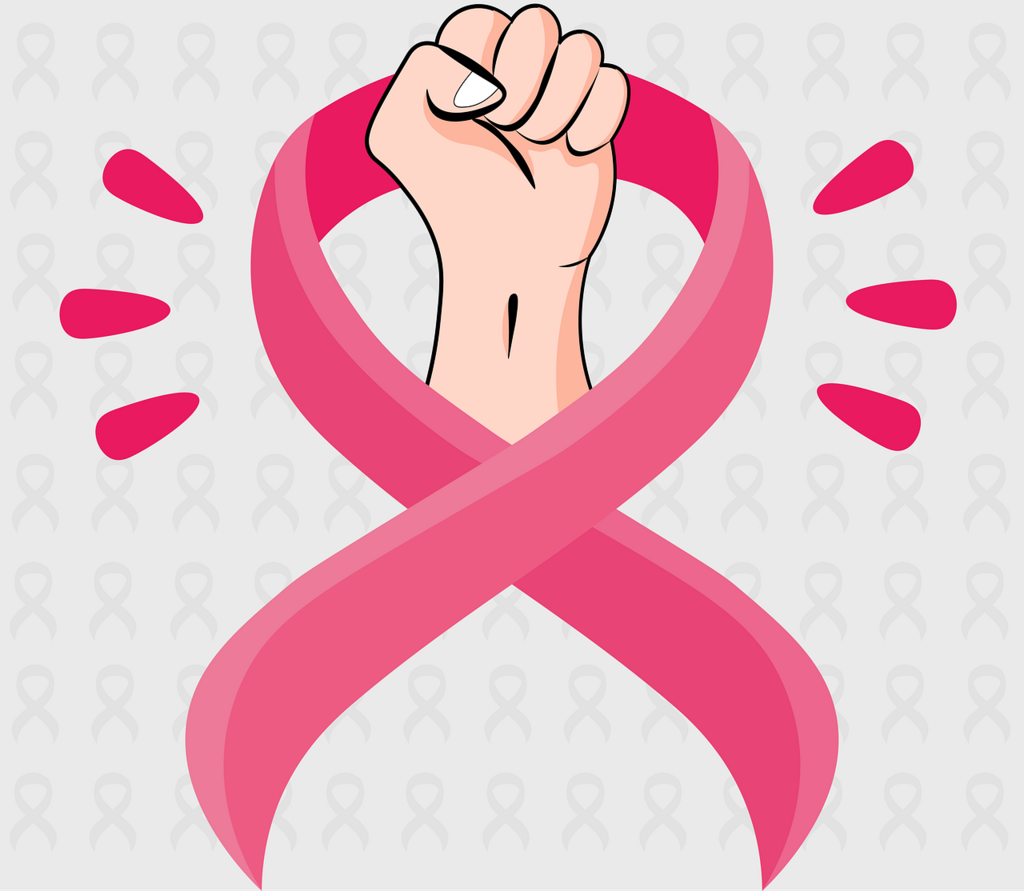Breast cancer remains one of the most common cancers affecting women worldwide, but early awareness and proactive prevention can significantly reduce its impact. As of 2025, global estimates suggest over 2.3 million new cases annually, with survival rates exceeding 90% when detected early. This guide empowers you with essential knowledge to recognize signs, understand risks, and adopt preventive measures. Remember, while this information is based on current medical consensus, consult a healthcare professional for personalized advice.

Understanding Breast Cancer: Key Awareness Facts
Awareness starts with knowing what breast cancer is and why early detection saves lives. Breast cancer develops when cells in the breast grow uncontrollably, often forming a tumor. It can occur in men too, though it’s far more common in women. The “first” step in awareness is self-education—familiarize yourself with your body and routine checks.
Early Signs and Symptoms
Many cases show no symptoms initially, which is why screening is crucial. Watch for these common indicators:
- Lump or thickening: A new mass in the breast or underarm, often painless.
- Changes in breast shape or size: Unexplained swelling or shrinkage.
- Skin alterations: Dimpling, redness, pitting (like orange peel), or scaliness.
- Nipple changes: Inversion, discharge (other than breast milk), or soreness.
- Persistent pain: In the breast or nipple, unrelated to menstrual cycles.
If you notice any of these, seek medical evaluation promptly. Tools like the “ABCDE” rule (Asymmetry, Border irregularity, Color changes, Diameter >6mm, Evolving) apply more to skin cancers but can guide visual breast checks.
Risk Factors: Who’s at Higher Risk?
Not all risks are modifiable, but knowing them heightens vigilance. Here’s a breakdown:
| Category | Examples | Modifiable? |
|---|---|---|
| Age & Genetics | Over 50; BRCA1/BRCA2 mutations | No |
| Hormonal | Early menstruation, late menopause; HRT use | Partial |
| Lifestyle | Alcohol consumption; obesity post-menopause | Yes |
| Reproductive | No full-term pregnancy; no breastfeeding | Partial |
| Environmental | Radiation exposure; dense breast tissue | Partial |
Family history accounts for 5-10% of cases. If you have a first-degree relative with breast cancer, discuss genetic testing with your doctor.
Prevention Strategies: Taking Control
Prevention isn’t about guarantees—breast cancer can’t always be avoided—but evidence-based steps can lower risk by up to 30-50%. Focus on these pillars:
1. Maintain a Healthy Lifestyle
- Diet and Weight Management: Aim for a balanced diet rich in fruits, vegetables, whole grains, and lean proteins. Limit processed foods and red meat. Obesity increases estrogen levels, fueling hormone-sensitive cancers—keeping a BMI under 25 can reduce risk by 20%.
- Exercise Regularly: At least 150 minutes of moderate activity weekly, like brisk walking or yoga. Studies show active women have a 25% lower incidence.
- Limit Alcohol: No more than one drink per day. Even moderate intake raises risk by 7-10%.
2. Screening and Early Detection
Early detection is the cornerstone of prevention-through-awareness. Follow these guidelines from organizations like the American Cancer Society (updated 2025):
- Mammograms: Start at age 40 for average-risk women; annually from 45-54, then biennially. 3D mammography improves accuracy by 20-30%.
- Self-Exams: Monthly after age 20, post-menstruation. Use a systematic pattern (circles or lines) while showering or lying down.
- Clinical Exams: Every 1-3 years from age 20-39; annually thereafter.
- Advanced Options: For high-risk individuals, MRI or ultrasound supplements mammograms.
| Age Group | Recommended Screening Frequency |
|---|---|
| 20-39 | Clinical exam every 3 years; monthly self-exam |
| 40-44 | Optional annual mammogram |
| 45-54 | Annual mammogram |
| 55+ | Annual or biennial mammogram |
3. Hormonal and Reproductive Choices
- Breastfeed if possible: Each year of breastfeeding lowers lifetime risk by 4%.
- Consider risks of hormone replacement therapy (HRT): Short-term use may be fine post-menopause, but discuss alternatives like non-hormonal options.
- Delay or space pregnancies thoughtfully: Full-term pregnancy before 30 reduces risk.
4. Environmental and Genetic Precautions
- Minimize radiation: Limit unnecessary imaging.
- Genetic Counseling: If you carry BRCA mutations, preventive mastectomy or medications like tamoxifen can reduce risk by 90%.
Table of Contents
Empowering Action: Your Next Steps
Breast cancer awareness isn’t a once-a-year event—it’s a daily commitment to self-care. In October (Breast Cancer Awareness Month), pink ribbons remind us, but year-round vigilance changes outcomes. Share this knowledge with loved ones; early conversations can spark life-saving habits.
Track your health with apps for reminders, join support communities, and advocate for accessible screenings in your area. You’re not just preventing for yourself—you’re part of a global movement reducing mortality rates, which have dropped 40% since 1989 thanks to awareness and prevention.
For tailored guidance, visit reputable sources like cancer.org or consult your physician. Knowledge is your strongest defense—start today.
